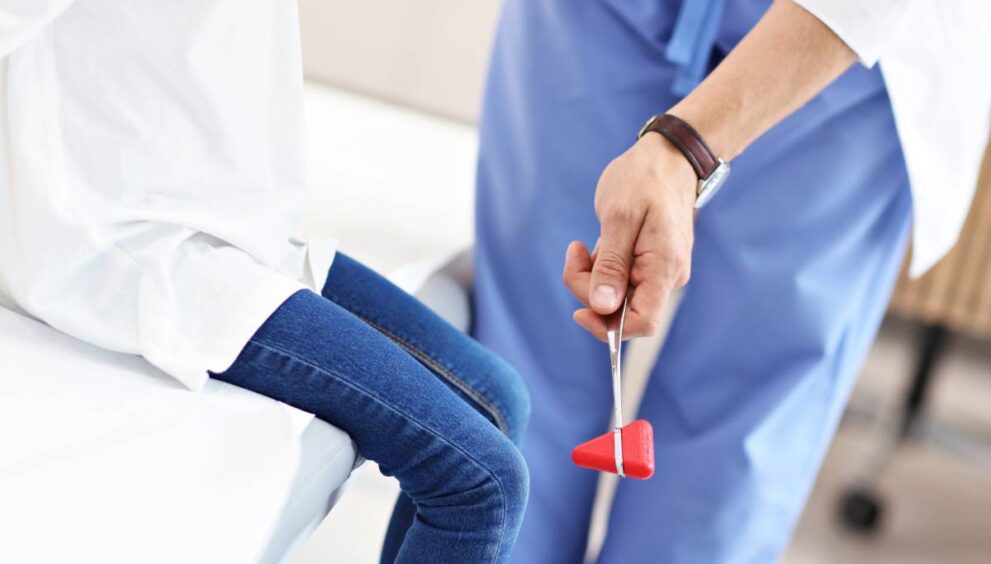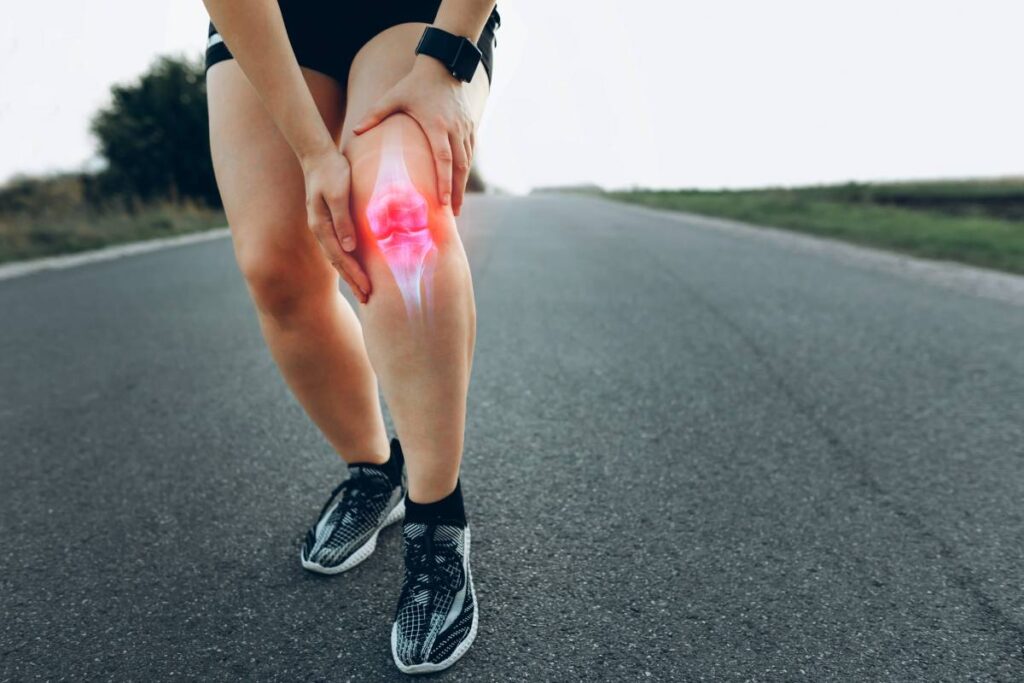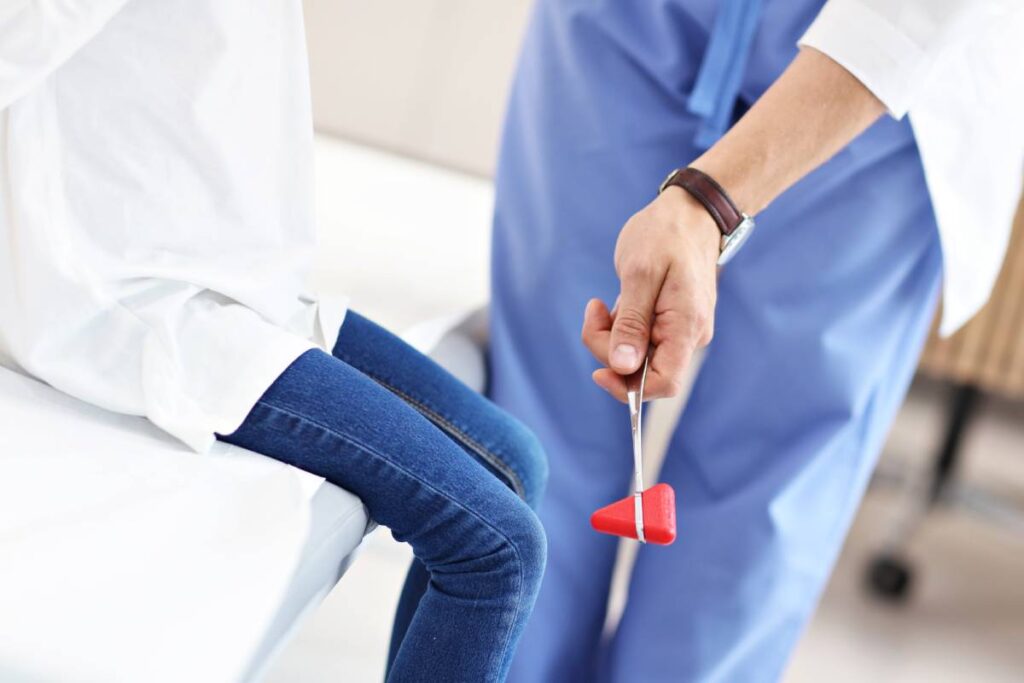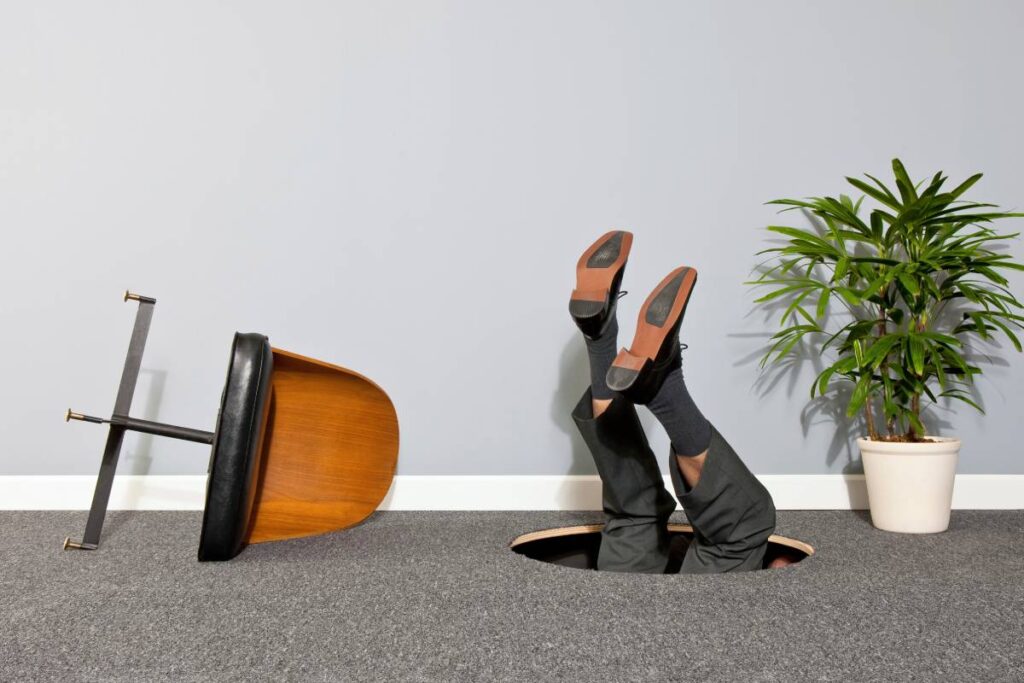Why are my legs Weakness with no clear cause? How can I fix them?

Leg weakness is a common issue that can range from mild discomfort to a significant hindrance in daily life. Whether it’s a result of overexertion aging or an underlying health condition experiencing weakness in your legs can affect your mobility independence and overall quality of life.
Understanding the common causes of leg weakness what it indicates about your health and how to address it can help you regain strength and prevent further complications.
In this article we will explore the most frequent causes of leg weakness what it might signify about your body’s health and practical steps you can take to strengthen your legs and improve your mobility.
What Is the Most Common Cause of Leg Weakness?
Several factors contribute to leg weakness, but some are more common than others. Identifying the underlying cause of leg weakness is crucial for treatment and recovery. Here are the most common causes:
Muscle Fatigue
One of the most common causes of leg weakness is muscle fatigue. This typically occurs after intense physical activity or exercise, especially if you’re not used to the exertion level.
When the muscles are overworked, they become temporarily weakened due to the depletion of energy reserves. Rest and recovery usually resolve this type of weakness.
Nerve Damage
Neurological issues are a significant cause of leg weakness. Conditions such as peripheral neuropathy caused by diabetes, or conditions like multiple sclerosis can lead to nerve damage.
When the nerves in the legs aren’t functioning properly they can’t send signals to the muscles to function effectively, resulting in weakness.
Muscle Atrophy
Muscle atrophy occurs when the muscles shrink or waste away due to lack of use. This can happen as a result of physical inactivity, illness or prolonged bed rest.
Over time, the muscles in the legs weaken and become less efficient, leading to difficulty walking or standing.
Aging is also a factor in muscle atrophy as older adults may experience sarcopenia, the loss of muscle mass and strength that comes with aging.
Circulatory Issues
Poor circulation can affect the legs and result in weakness. Conditions such as peripheral artery disease varicose veins or blood clots can disrupt blood flow to the legs leading to weakness pain and fatigue. When blood and oxygen aren’t delivered properly to the muscles they cannot function optimally.
Vitamin Deficiencies
Certain vitamin deficiencies especially those of Vitamin D Vitamin B12 and magnesium, can contribute to muscle weakness, including in the legs.
These vitamins are essential for muscle function and nerve health. A deficiency in these nutrients can result in tired weak muscles and difficulty walking or standing.
Chronic Conditions
There are several chronic health conditions that can lead to leg weakness. Conditions like stroke, arthritis, or even autoimmune diseases like lupus can affect muscle and joint function leading to decreased strength in the legs. In such cases the weakness may be ongoing and require medical intervention.
What Does Weakness in Legs Indicate?
Leg weakness can indicate a variety of health concerns, depending on the specific symptoms underlying conditions and other accompanying factors.
Neurological Problems
If leg weakness is accompanied by numbness tingling or difficulty controlling movement, it may indicate a neurological issue.
Conditions such as multiple sclerosis Parkinson’s disease or a stroke can affect the nerves controlling the legs. In such cases immediate medical attention is necessary for diagnosis and treatment.
Circulatory Problems
Weakness in the legs, especially if it is accompanied by pain, cramping, or swelling, can indicate circulatory problems like peripheral artery disease or deep vein thrombosis.
PAD occurs when the arteries that supply blood to the legs become narrowed or blocked, reducing blood flow and causing weakness.
Muscle Imbalance or Atrophy
If you’ve noticed that one leg is weaker than the other or you’ve recently become sedentary due to injury surgery or illness, it may be a sign of muscle atrophy or imbalances.
Muscles that aren’t used regularly can weaken over time, leading to difficulty in performing everyday activities such as walking or climbing stairs.
Systemic Health Issues
Leg weakness may also be a symptom of systemic health conditions such as diabetes, thyroid dysfunction or kidney disease.
For instance, people with poorly controlled diabetes often experience peripheral neuropathy, which can cause weakness pain and numbness in the legs. Thyroid problems, such as hypothyroidism, can also lead to muscle weakness and fatigue.
Vitamin Deficiencies
If your diet lacks certain essential vitamins you might experience weakness in your legs as a result.
Vitamin B12 deficiencies for example can cause nerve damage and muscle weakness. Low levels of vitamin D can impair muscle function and lead to leg discomfort or fatigue.
Tripping and Falling: A Key Concern
Leg weakness increases the risk of tripping and falling which can lead to serious injuries such as fractures sprains or head trauma. Common causes of tripping and falling due to leg weakness include:
- Impaired Movement: Weakened leg muscles make it harder to move effectively and navigate obstacles, leading to a higher chance of tripping.
- Balance Issues: Weak legs, especially as we age, can compromise coordination and balance, making it difficult to maintain a steady stance, increasing the risk of falls.
- Nerve or Circulatory Problems: Conditions like nerve damage or poor circulation affect your ability to sense your surroundings or move effectively, further raising the likelihood of falling.
How Can I Make My Weak Legs Strong Again?
If you’re struggling with leg weakness, there are several strategies you can employ to strengthen your legs and improve overall mobility.
While the best course of action depends on the underlying cause of the weakness, here are general tips and exercises that can help:
Strengthening Exercises
Engaging in strength training exercises is one of the most effective ways to rebuild strength in weak legs. Focus on exercises that target the major muscle groups in the legs, such as:
- Squats: Squats are great for targeting the quadriceps, hamstrings and glutes. Start with bodyweight squats and gradually increase resistance using weights or resistance bands.
- Lunges: Lunges are excellent for improving leg strength and stability. They target the quads hamstrings, and glutes.
- Leg Press: If available using a leg press machine can help strengthen the quadriceps and hamstrings.
- Step-ups: Step ups onto a sturdy platform or bench are great for building leg strength, particularly in the quads and glutes.
Stretching and Flexibility
Regular stretching can help improve flexibility, which is crucial for mobility and reducing muscle stiffness. Stretching exercises such as hamstring stretches calf stretches, and hip flexor stretches can increase the range of motion in your legs and improve overall mobility.
Balance Training
Improving balance is essential for leg strength, especially as you age. Balance exercises such as standing on one leg or using a balance board can help improve coordination and prevent falls. Incorporate these exercises into your routine to enhance leg strength and stability.
Cardiovascular Exercise
Regular aerobic exercises, such as walking cycling or swimming can help improve circulation and cardiovascular health, which in turn can strengthen the muscles in your legs.
Aim for at least 30 minutes of moderate-intensity exercise most days of the week to promote leg strength and endurance.
Diet and Nutrition
Proper nutrition plays a key role in rebuilding leg strength. Ensure that you’re getting enough protein to support muscle growth and repair.
Incorporate foods rich in vitamins and minerals such as leafy greens lean meats and fish to support muscle and nerve health. Additionally consider talking to a healthcare professional about vitamin supplements if you suspect deficiencies.
Physical Therapy
If your leg weakness is due to an injury, chronic condition, or neurological issue, physical therapy may be necessary. A physical therapist can design a personalized program of exercises to address your specific needs and help you regain strength and mobility.
Rest and Recovery
If you’re experiencing leg weakness from overexertion or fatigue, it’s essential to give your body adequate rest to recover.
Ensure that you’re getting enough sleep, taking rest days between intense workouts, and avoiding activities that might strain your legs further.
Conclusion
Leg weakness can be caused by a variety of factors including muscle fatigue, nerve damage poor circulation or even chronic conditions like diabetes.
Understanding the cause of your leg weakness is crucial for appropriate treatment. While the weakness may indicate an underlying health condition, it’s important to take proactive steps to regain strength.
Regular exercise proper nutrition and lifestyle changes can help rebuild strength and improve your quality of life.
If you’re experiencing persistent weakness seeking advice from a healthcare provider is essential for diagnosis and tailored treatment. With the right approach you can regain strong healthy legs once again.














































